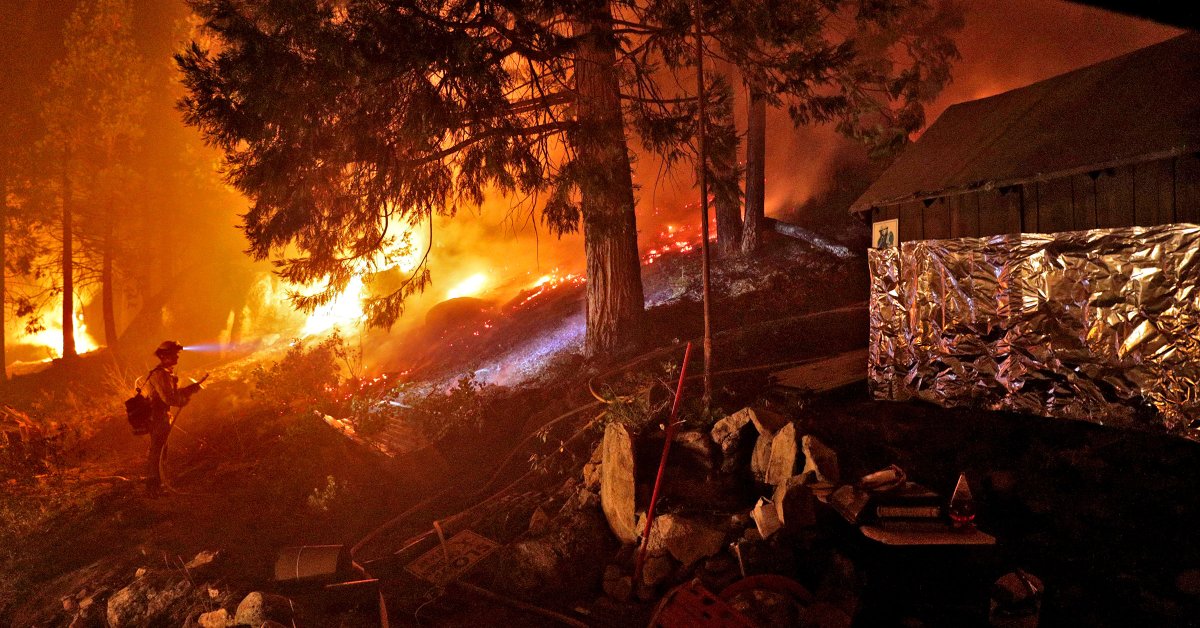Experts warn that Environmental Protection Agency’s new rule could weaken protections for nearly half of US wetlands.
The administration of US President Joe Biden has revised its environmental protection policies, removing safeguards for much of the country’s wetlands.
In a press release on Tuesday, the Environmental Protection Agency (EPA) announced a finalised rule that would limit the definition of what qualifies as “waters of the United States” under the Clean Water Act.
But the agency blamed the change on a recent Supreme Court decision, Sackett v EPA, that restricted how wetlands could be protected.
The conservative-led court ruled in May that wetlands had to have a “continuous surface connection” to streams, oceans, rivers and lakes to qualify under the Clean Water Act.
“While I am disappointed by the Supreme Court’s decision in the Sackett case, EPA and Army have an obligation to apply this decision alongside our state co-regulators, Tribes, and partners,” EPA administrator Michael Regan said in Tuesday’s press release.
“Moving forward, we will do everything we can with our existing authorities and resources to help communities, states, and Tribes protect the clean water upon which we all depend.”

Court rolls back environmental protections
The Biden administration had previously voiced objections to the Supreme Court’s decision, the second in a string of recent rollbacks to environmental policy.
In 2022, the Supreme Court also curtailed the EPA’s powers under the Clean Air Act, limiting its authority to regulate carbon emissions.
“The way that we see it, court’s decision today aims to take our country backwards,” White House Press Secretary Karine Jean-Pierre said in a sharply worded statement following the Sackett decision.
“It will jeopardise the sources of clean drinking water for farmers, businesses and millions of Americans.”
The Clean Water Act limits the pollution that can be discharged into “navigable waters”. While the origins of the law stretch back to 1948, the protections for wetlands were added more recently, as part of a slate of amendments in 1977.
Those changes ensured pollution controls would extend across the nation’s 307 million hectares (76 million acres) of wetlands, according to a government estimate at the time.

Sackett case limits EPA authority
But the Sackett case questioned the EPA’s authority over those wetlands. The case involved a couple, Michael and Chantell Sackett, who bought a plot of land next to Idaho’s Priest Lake with the intent to build a house.
The EPA, however, blocked the construction, arguing that the Sacketts failed to get the proper permits to build on the wetlands surrounding the lake.
The Sacketts contested the EPA’s decision in court, and business interests rallied behind them. Land developers and other industries had long expressed frustration over limits set in the Clean Water Act.
In a narrowly decided five-to-four decision, the Supreme Court sided with the Sacketts, decrying what it considered a “system of ‘vague’ rules” surrounding what the law deemed a waterway.
It also criticised the increase in land area recognised as wetlands, citing a previous court case that estimated wetlands covered up to 121 million hectares (300 million acres) in the US.
The EPA’s revision on Tuesday narrows the waterways protected under the Clean Water Act with immediate effect, in an effort to bring its rules in line with the Supreme Court’s decision.
The agency also bypassed the usual opportunity for public comment, explaining that “such notice and opportunity for comment is unnecessary” in the wake of the Supreme Court ruling.
A “delayed effective date”, the EPA explained, “would prolong confusion and potentially result in project delays”.
Experts have estimated that the Supreme Court ruling would leave at least half of all US wetlands without protections under the Clean Water Act.
Note: This article have been indexed to our site. We do not claim legitimacy, ownership or copyright of any of the content above. To see the article at original source Click Here












